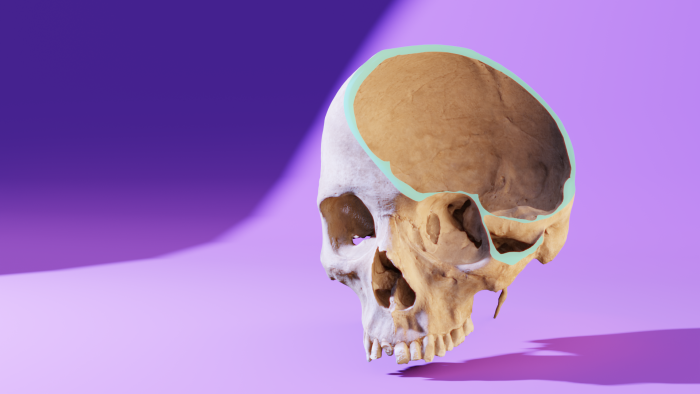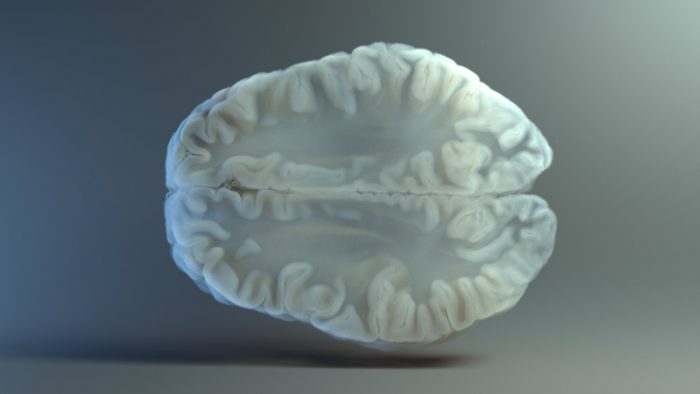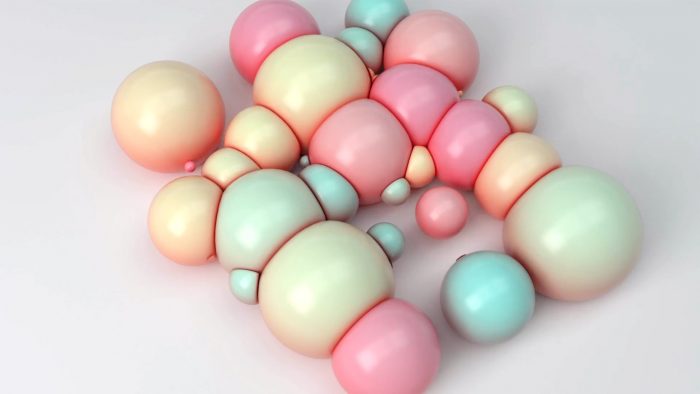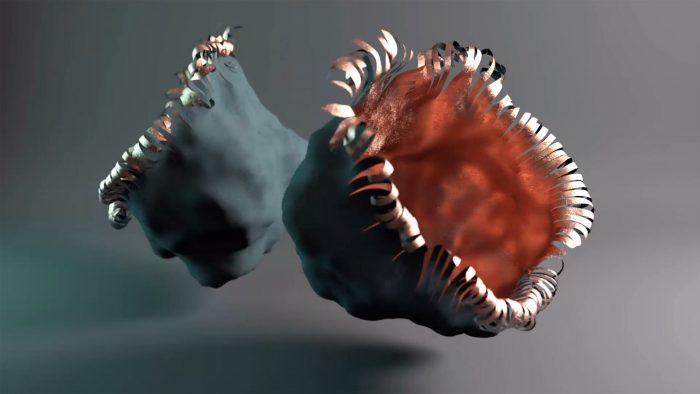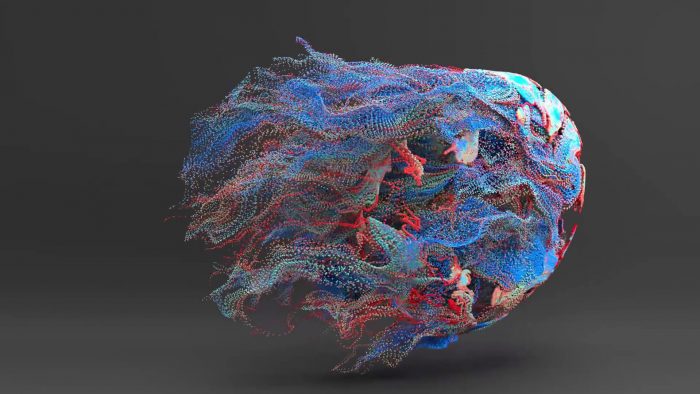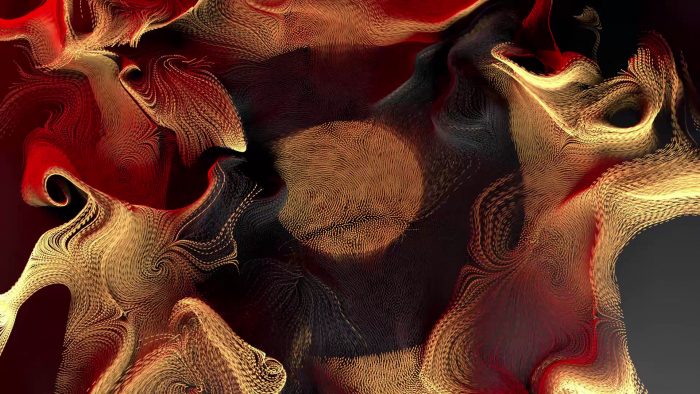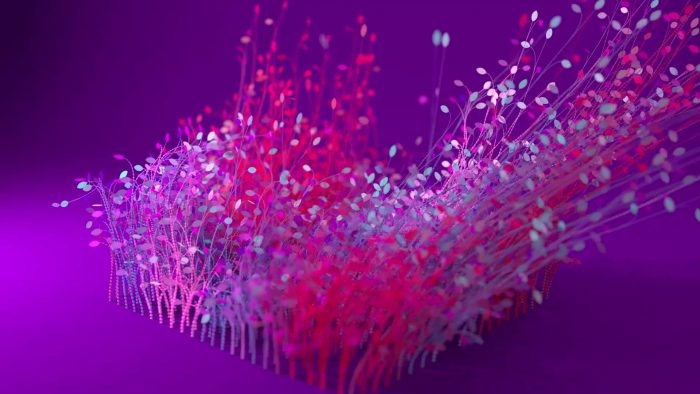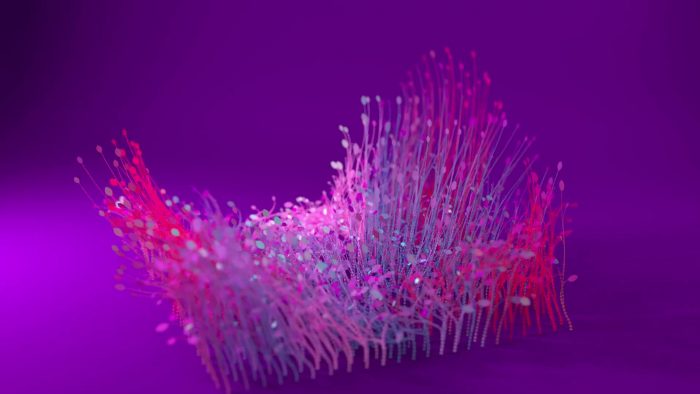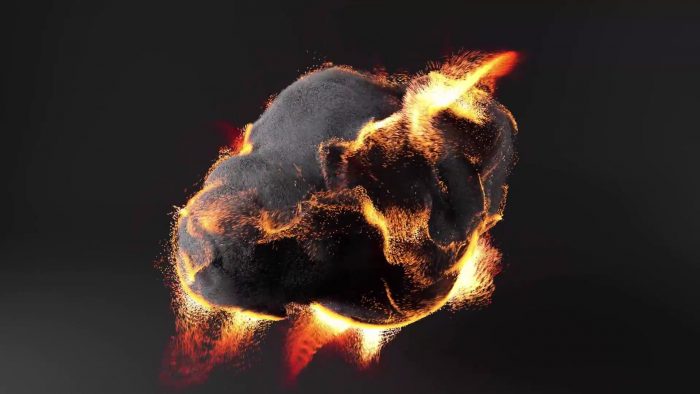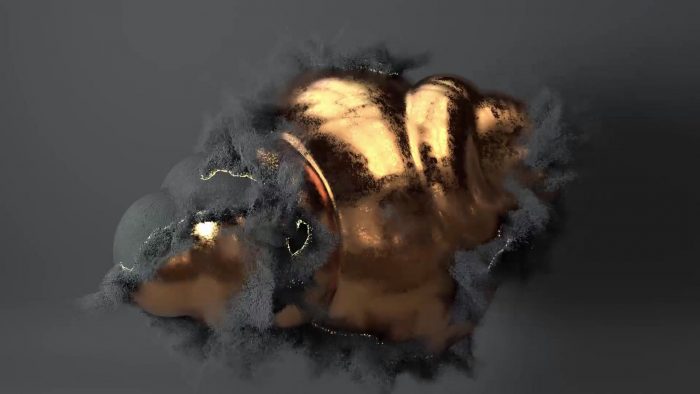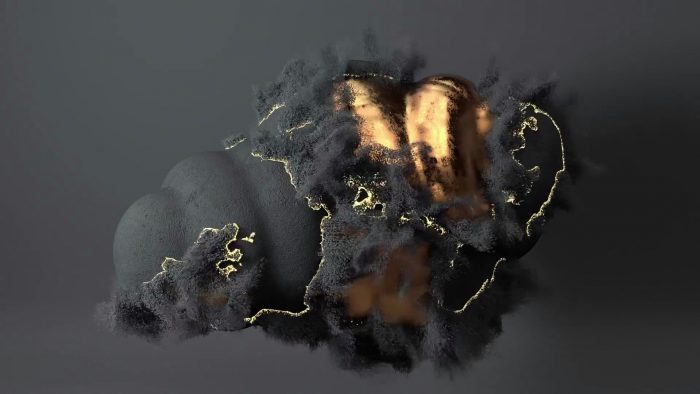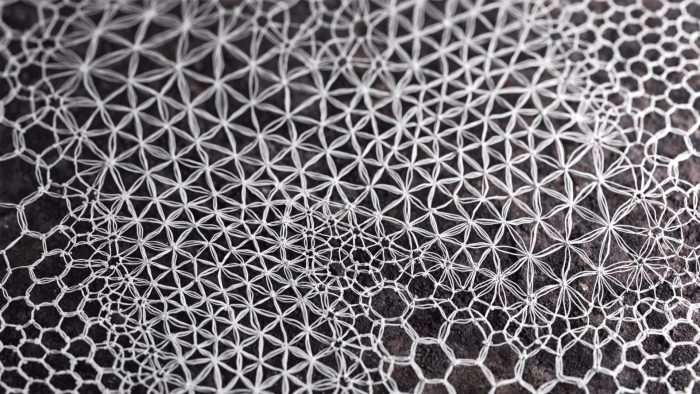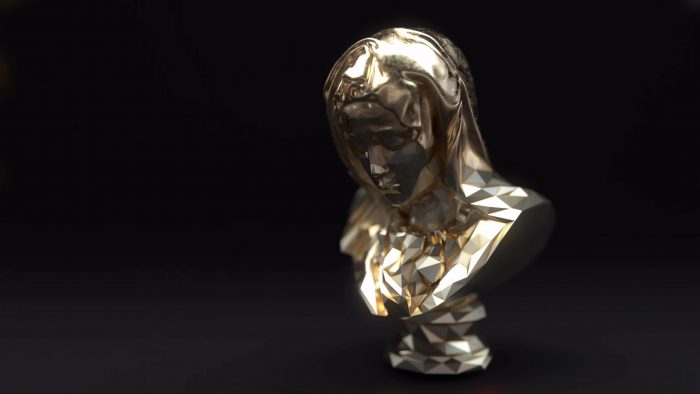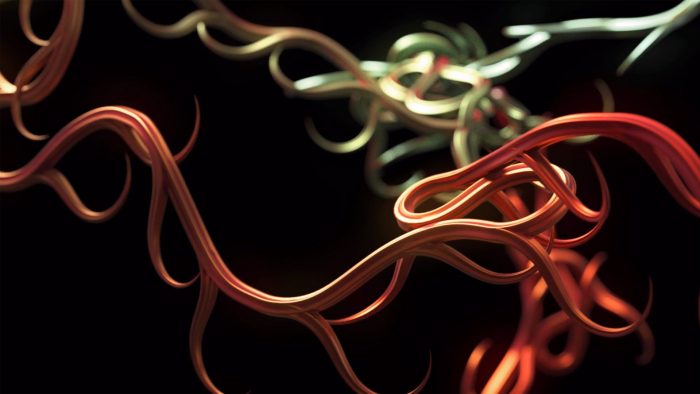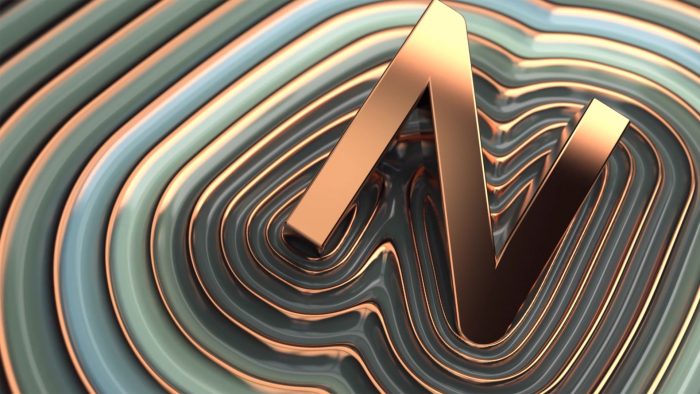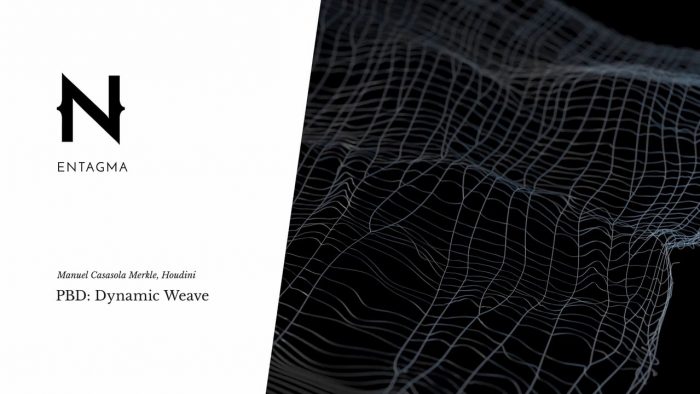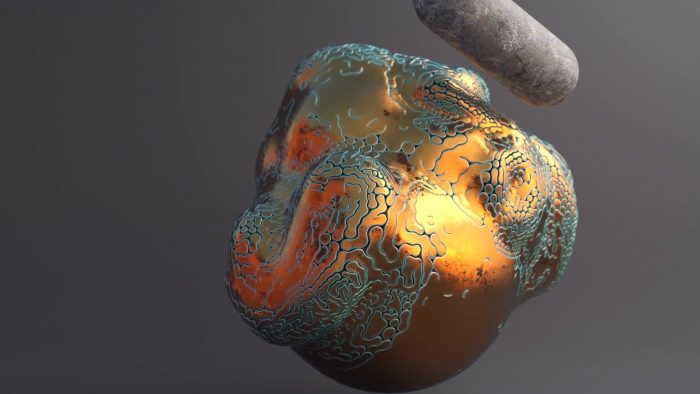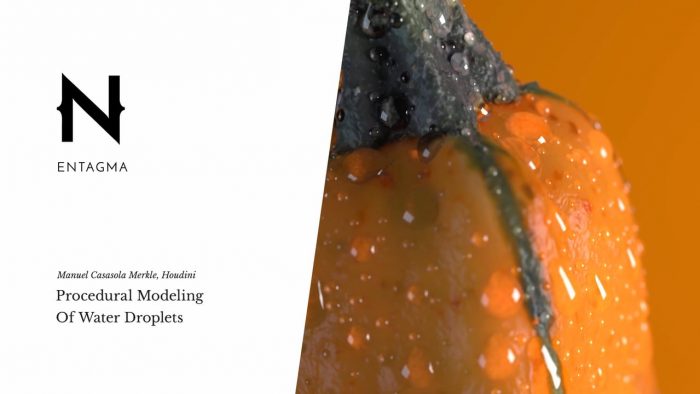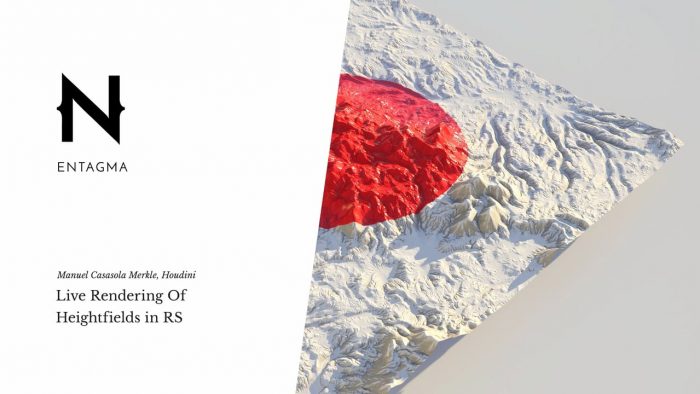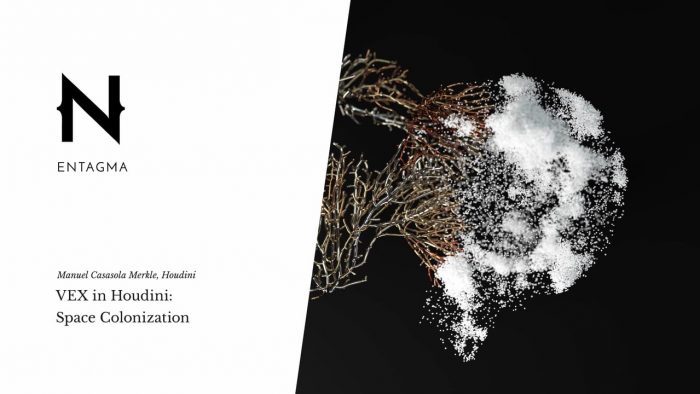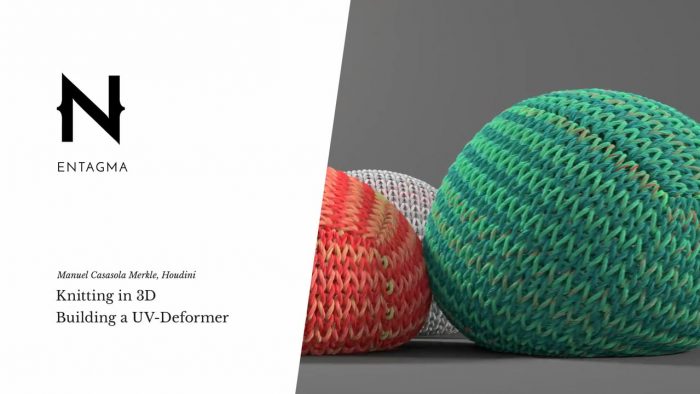To view this content, you must be a member of Entagma’s Patreon at $29 or more
All posts by “Manuel”
Particles Part 09 – Rain Part 01 -Setup
To view this content, you must be a member of Entagma’s Patreon at $29 or more
Rendering Houdini Effects in Eevee
Since the release of Blender 2.8 people are looking into Eevee, their rasterisation real time render engine. Eevee is free and gives good and quick results, so why not bringing over effects from Houdini to render there. In this tutorial I’ll walk you through the […]
Importing an MRI Scan as VDB Volume
To view this content, you must be a member of Entagma’s Patreon at $29 or more
Analytical Foam
As position based simulation techniques are very fast theses days, it is possible to use them to confrom intersecting spheres to each other, to model foam. Nevertheless there are other possibilities, too.
Polyfolding – Part 2
This is the second part of a two part tutorial. Part one
Polyfolding – Part 1
This is the first part of a two part tutorial. Part two will be available soon. Polyfolding is an interesting effect where you split up an object to individual bands and make them curl up. It can be used to disintegrate an object or make […]
Implementing A Position Based Cloth Solver From Scratch
Position Based Dynamic effects are quite popular today as these provide us with fast, predictable and stable simulations. Houdini comes with PBDs packaged inside of the “Grains” node and with H17 with XPBD inside of the vellum solver. This video shows how to implement one […]
Particles Part 08 – Sticking Particles To Animation And Basic Mantra Rendering
To view this content, you must be a member of Entagma’s Patreon at $29 or more
Particles Part 07 – On POP Streams And How DOPs Work
To view this content, you must be a member of Entagma’s Patreon at $29 or more
Particels Part 06 – The Curve Force Twister
To view this content, you must be a member of Entagma’s Patreon at $29 or more
Particles Part 05 / 02 – Plant Growth With POPReplicate
To view this content, you must be a member of Entagma’s Patreon at $29 or more
Particles Part 05 / 01 – Plant Growth With POPReplicate
To view this content, you must be a member of Entagma’s Patreon at $29 or more
Particles Part 04 – Tubular Flow With Vector Fields
To view this content, you must be a member of Entagma’s Patreon at $29 or more
Particles Part 03 – The Principle Of Particle Simulation
To view this content, you must be a member of Entagma’s Patreon at $29 or more
Particles Part 02 – Conform To Surface
To view this content, you must be a member of Entagma’s Patreon at $29 or more
Particles Part 01 Addendum – Shading in RS
To view this content, you must be a member of Entagma’s Patreon at $29 or more
Particles Part 01 – Paint Removal
To view this content, you must be a member of Entagma’s Patreon at $29 or more
AHTYA11 – Intro To DOPs: The SOP Solver
To view this content, you must be a member of Entagma’s Patreon at $29 or more
AHTYA10 – Pathtracing and Adaptive Sampling in Redshift 3D
To view this content, you must be a member of Entagma’s Patreon at $29 or more
AHTYA09 – Shading in Redshift 3D
To view this content, you must be a member of Entagma’s Patreon at $29 or more
AHTYA08 – Introduction To Redshift3D
To view this content, you must be a member of Entagma’s Patreon at $29 or more
AHTYA07 – Finishing The Title Graphics Model
To view this content, you must be a member of Entagma’s Patreon at $29 or more
AHTYA06 – Procedural Modeling: AHTYA Title Graphics
To view this content, you must be a member of Entagma’s Patreon at $29 or more
AHTYA05 – Working With Clones Part 2
To view this content, you must be a member of Entagma’s Patreon at $29 or more
AHTYA04 – Working With Clones Part 1
To view this content, you must be a member of Entagma’s Patreon at $29 or more
AHTYA03 – Noisy VOPs
To view this content, you must be a member of Entagma’s Patreon at $29 or more
AHTYA02 – About Geometry And Attributes
To view this content, you must be a member of Entagma’s Patreon at $29 or more
AHTYA01 – Intro To The UI And Basic Concepts
To view this content, you must be a member of Entagma’s Patreon at $29 or more
Adding Houdini To Your Arsenal
Dear Patrons, “Adding Houdini To Your Arsenal” is our next premium course. It addresses 3D artists that are proficient with another 3D tool and want to learn to use Houdini in companion to their main tool or exclusively. The course requires good general 3D knowledge, […]
Create and Simulate a Procedural Rope
Today we’ll create a procedural rope and simulate it using the grain solver. There are always many different ways to achieve stuff in Houdini. In this tutorial I chose the VEX route to generate the rope. This gives a nice self-contained node that can easily […]
Crochet – Blending between Delaunay and Voronoi
Here at Entagma we love to deal with yarns. This video extends the “yarn-effects” with a crochet approach. Using the delaunay triangulation of an input mesh and its dual diagram, the voronoi mesh, we build a procedural model that uses point color to blend smoothly […]
Nerd Rant: Render Engines
There are many render engines out there nowadays and it’s not easy to choose the right one. CPU or GPU, biased or unbiased. In this video we discuss the pros and cons of different render engines from our humble point of view. As a bonus […]
Nerd Rant: Hardware – DIY vs. Pre Built
This is an experimental post. As we often sit down to discuss different topics from our Entagma life, this time we just switched the camera on and created a vlog-type movie for you. Just the right thing to watch on a otherwise boring “no-new-tutorial Monday”. […]
Low Poly Transform
Blending smoothly between a high-poly mesh and its low-poly representation is a subtle but useful effect. In this tutorial you’ll learn how to create two versions of the same object, one smooth and one facetted, with the exact same topology. This enables you to blend […]
Kitbash Vein Growth Part 2
This time we extend the setup from two weeks ago.
Kitbash Vein Growth Part 1
This tutorial shows you how to create a procedural vein, that is composed of small segments that you drawn by hand. This way the overall look of the vein is art-directable.
Quicktip: Signed Distance Outlines
S Due to the fact that the SDF is defined in 3D space the setup can easily be animated, too, to create some fake water ripples. Download Project File
Directions From Growth
When dealing with growth solvers, often you not only need the growth itself, but a direction vector. For exapmple to copy feathers onto a surface, or other directed object, like knitting loops. In this tutorial Manuel explains how to calculate direction vectors on the surface […]
TD Essentials: Parallel Transport
Curve framing is important for a lot of things, like trajectories, creating geometry from curves or aligning copied geometry to curves. In this tutorial Manuel implements the parallel transport algorithm that transports an initial normal vector along a curve to create a smoothly varying frame. […]
PBD: Dynamic Weave
Today it’s about dynamically generating a piece of woven fabric. Manuel explains how to write a VEX wrangle in the DOP context to generate connecting yarns in every frame.
Patreon Special: Dual Sculptures
To view this content, you must be a member of Entagma’s Patreon at $29 or more
Procedural Modeling Of Water Droplets
If you want to make your product appear nice and fresh in your TV commercial, chances are that you’ll put water droplets on it. This effect is very popular in advertising. In todays installment of the Entagma tutorial stream, Manuel shows you how to procedurally […]
Live Rendering of Heightfields in RS
Heightfields are a nice addition to Houdini 16 for environment work. They more or less replicate the functionality of programs like Worldmachine. In today’s tutorial Manuel shows you how to create a terrain from scratch in Houdini and how to render it directly in Redshift3D, […]
Scaling The Bullets Dynamically
Today we scale live dynamic objects and make the scaling affect the running sim. You’ll gain some insights into how the Bullet solver inside of Houdini works and how it operates more efficiently using packed primitives. Manuel goes over the ins and outs of modifying […]
VEX in Houdini: Space Colonization
Branching growth is fascinating as it has a lot of hidden structure to it and is very intricate. Many methods have been proposed over the years to model branching structures, like trees. One algorithm that is particularly beautiful and simple is the “Space Colonization” algorithm, […]
Connect The Yarns – With the PBD Solver
This time Manuel is talking about a straightforward way of dynamically connecting simulated yarns. Although, this can be achieved with the wire solver this tutorial uses the PBD solver (grains) in Houdini to simulate the yarns, as it’s easier to work with and gives nice […]
Knitting in 3D – Building a UV deformer
Knitting in 3D is quite popular these days. Although it is not too hard to achieve, building a knitting setup presents some challenges to the TD. In this tutorial Manuel shows you one way of modeling a knitted 3D object and a method of making […]


